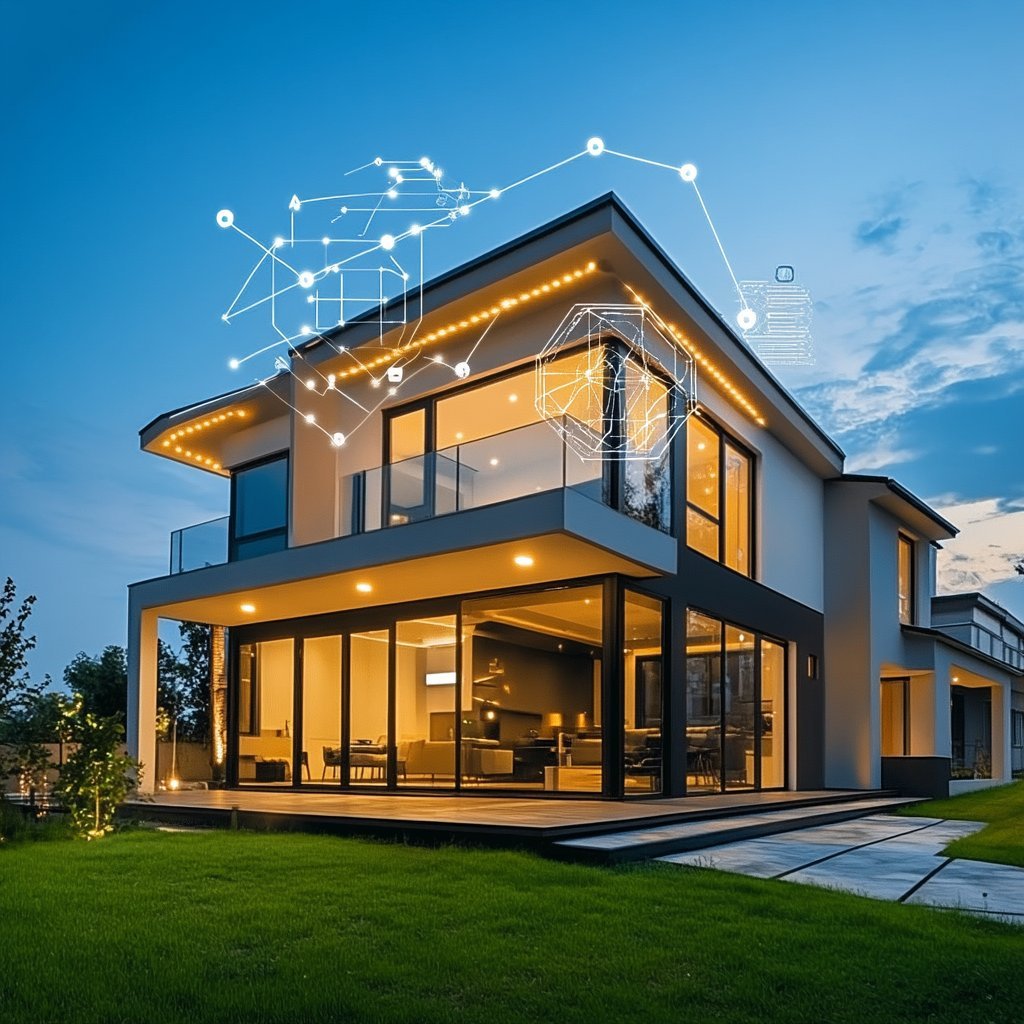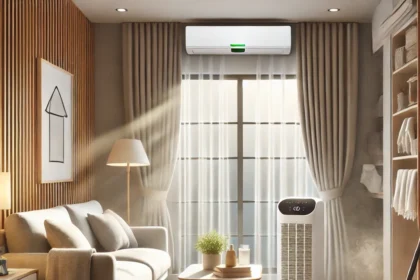Have you ever imagined controlling every aspect of your home with just your voice or a simple gesture? The future is here! Smart homes are evolving rapidly, and 2024 promises to bring exciting advancements that will make our lives more convenient, efficient, and secure. In this article, we’ll explore the top smart home trends to watch in 2024 and how they can transform your everyday living.
How to Prevent Roof Leaks: Tips and Tricks | How to Secure Your Smart Home: Tips and Tricks
How to Integrate Smart Technology into Your Home | How to Secure Your Smart Home: Tips and Tricks
AI-Powered Home Automation
Personalised User Experiences
Artificial Intelligence (AI) is taking centre stage in smart homes. Imagine your home learning your daily routines and adjusting the lighting, temperature, and even your morning playlist automatically. AI-powered systems can:
- Adapt to your preferences: Learn your habits and adjust settings accordingly.
- Enhance comfort: Create the perfect environment without manual input.
- Improve efficiency: Optimise energy use based on occupancy and time of day.
Example: Sarah’s smart home knows she wakes up at 7 AM. By the time she gets up, the blinds open slowly, the thermostat adjusts to a cosy temperature, and her favourite radio station plays softly in the background.
Integration of IoT Devices
Seamless Connectivity
The Internet of Things (IoT) is about connecting devices so they can communicate with each other. In 2024, expect even more seamless integration:
- Unified control hubs: Manage all devices from a single platform.
- Cross-device communication: Appliances and gadgets work together for enhanced functionality.
- Remote access: Control your home from anywhere using your smartphone.
Question for you: Wouldn’t it be great to check if you left the oven on while you’re already on the way to work?
Sustainable and Energy-Efficient Technologies
Smart Energy Management
With growing environmental concerns, sustainable living is more important than ever. Smart homes are incorporating technologies that help reduce our carbon footprint:
- Energy monitoring systems: Track and optimise energy consumption.
- Smart lighting and appliances: Use only what’s needed, when it’s needed.
- Renewable energy integration: Manage solar panels or wind turbines efficiently.
Tip: Switching to smart LED bulbs can significantly reduce your energy bills and they last longer too!

Enhanced Home Security Systems
Advanced Surveillance and Access Control
Keeping your home safe is a top priority. The latest security systems offer:
- Facial recognition cameras: Identify family members and alert you of strangers.
- Smart locks: Control who enters your home remotely.
- Real-time alerts: Receive instant notifications of any unusual activity.
Scenario: You’re on holiday, and your smart security system alerts you that someone is at the door. You can see, communicate, and even let in trusted visitors remotely.
Voice and Gesture Control Interfaces
Natural Interaction with Devices
Controlling your home is becoming more intuitive:
- Voice assistants: Give commands to adjust settings without lifting a finger.
- Gesture controls: Use simple hand movements to control devices.
- Multilingual support: Interact in your preferred language.
Imagine: Cooking in the kitchen and needing to turn on the lights? Just say, “Lights on,” and continue with your recipe without interruption.
Summary Table
| Trend | Key Features |
| AI-Powered Home Automation | Personalised settings, adaptive environments |
| Integration of IoT Devices | Unified control, cross-device communication |
| Sustainable Technologies | Energy monitoring, smart appliances |
| Enhanced Home Security | Facial recognition, smart locks |
| Voice and Gesture Control | Natural interaction, multilingual support |
Conclusion
The future of smart homes is not just about fancy gadgets; it’s about creating a living space that’s responsive, efficient, and tailored to your needs. By embracing these trends, you can make your home more comfortable, secure, and environmentally friendly. So why wait? Start exploring these smart technologies today!
FAQs
AI-powered home automation is leading the way, offering personalised and adaptive environments that cater to individual preferences.
They enable seamless communication between devices, allowing for unified control and enhanced features across all your gadgets.
Yes, modern smart homes incorporate sustainable technologies like energy monitoring and smart appliances to reduce energy consumption.
Absolutely! Advanced features like facial recognition and smart locks provide robust security and real-time alerts to keep you informed.
Not at all. These interfaces are designed to be intuitive and user-friendly, making it easy for anyone to interact with their smart home.





